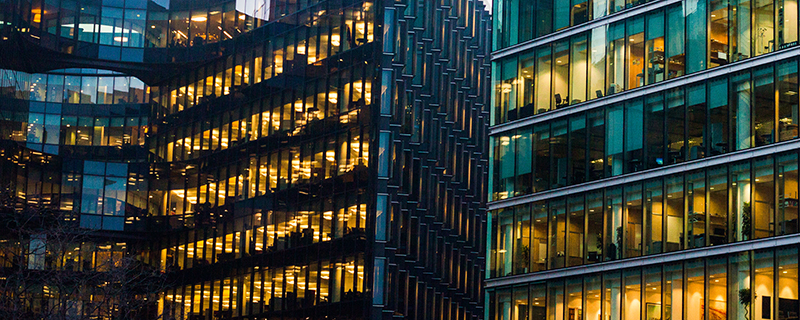
Lighting Power Density (LPD) is very important because it directly impacts a building’s energy consumption (energy efficiency), operational costs (cost savings), and environmental footprint (compliance with building codes & standards). LPD helps assess and improve a building’s energy efficiency by measuring the amount of power used by lighting per square foot.
Lighting Power Density (LPD) is typically established by local and international code such as CA Title 24, IECC, and ASHRAE 90.1. LPD represents any load of various kinds of lighting equipment in a defined area. It also defined as watts per square foot of lighting equipment. It is frequently associated with the lighting power allowance (LPA), which is permitted by specific building energy codes.
There are two key concepts that architects must understand when planning lighting levels in buildings. They are light levels and Lighting Power Density.
Let us explore what LPD is and why it is important. LPD is a way to measure how much electricity is used for lighting in a building. It is measured by watts per square foot (w/ft2) in the US, and watts per square meter (w/m2) in other parts of the world.
ASRAE 90.1 and CA Title 24 provides two methods of calculating LPD:
1. Area category method.
It separates each space in the building into individual space types with its own LPD allowance (table 140.6-C).
2. Complete building method.
It assigns a single LPD value (w/ft2) based on the overall building type (table 140.6-B).
Why LPD matters?
CA Title 24 mandates LPD limits to ensure buildings use energy-efficient lighting solutions and avoid excessive power consumption. Meeting LPD requirement is very important to meet CA Title 24 requirements since it’s a legal requirement for all new building constructions and major renovations in CA.
There are many types of buildings and spaces that influencing the LPD such as residential, commercial, offices, and hallways.
The following table summarizes the LPD for each area of the building:


For example:
Lighting Power Allowance of a Retail Store per 2022 CA Energy Code is 0.65 (see table 140.6-B). This means that maximum allowable wattage for lighting in a Retail Store space is 0.65 W/ft2. For a retail space of 400 ft2, the maximum allowable power used for the lighting fixtures is 260W. If the space’s lighting system after the calculation exceeds the limit, it would be considered non-compliant.



